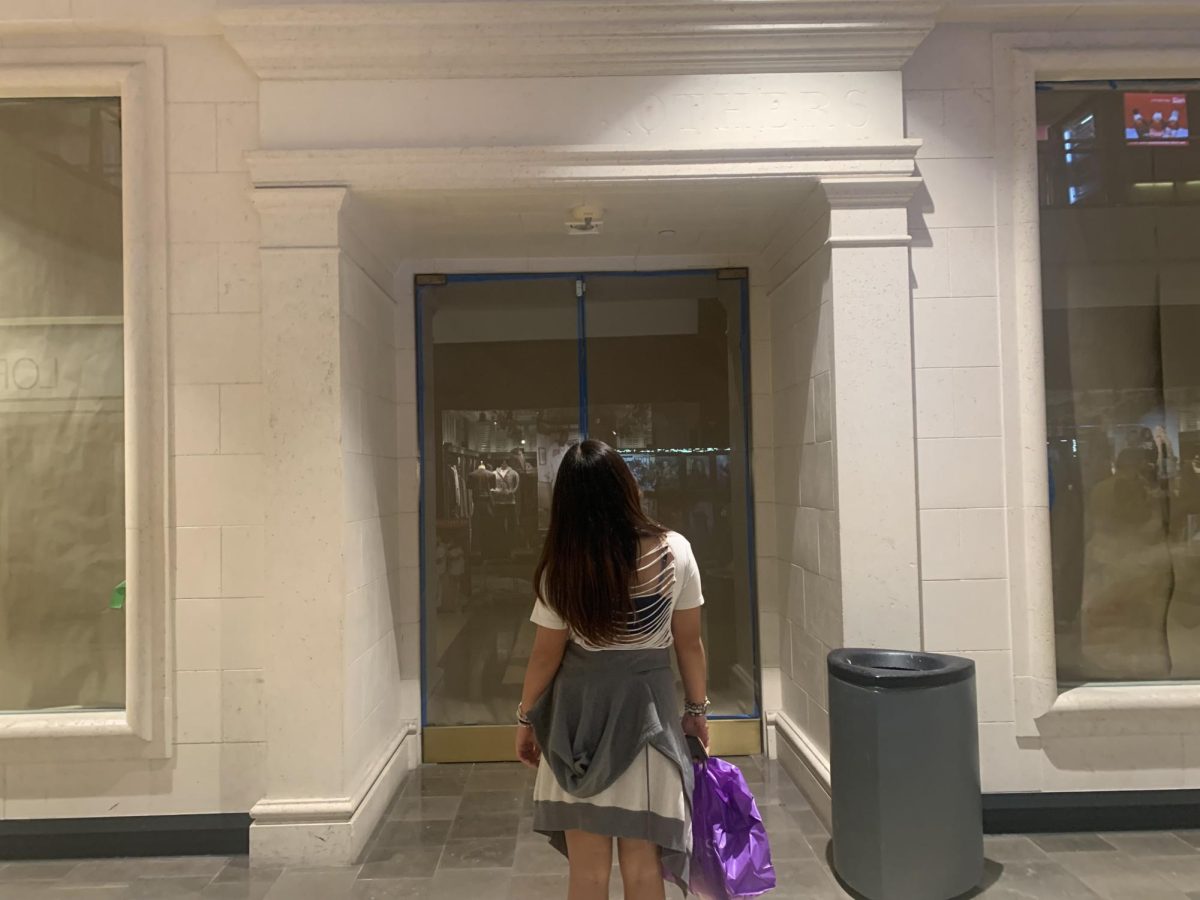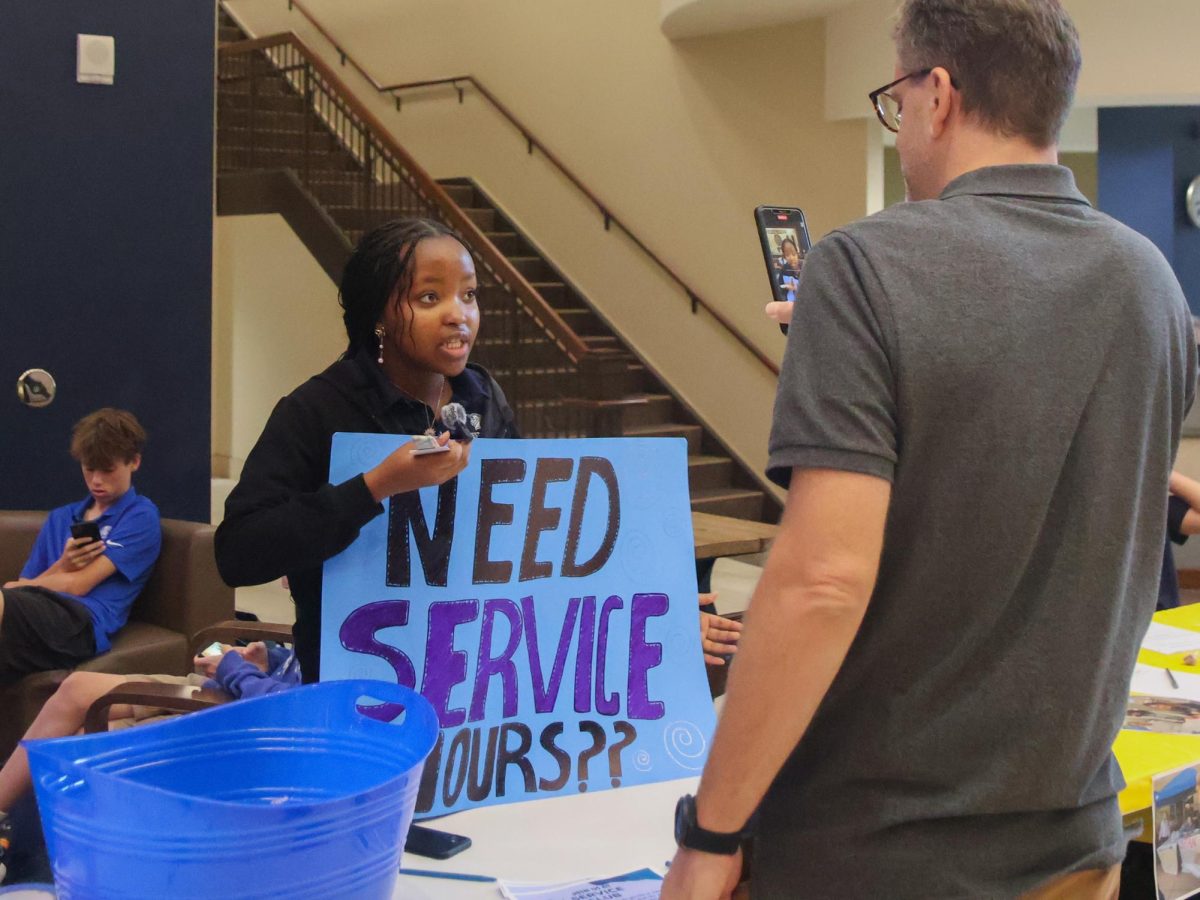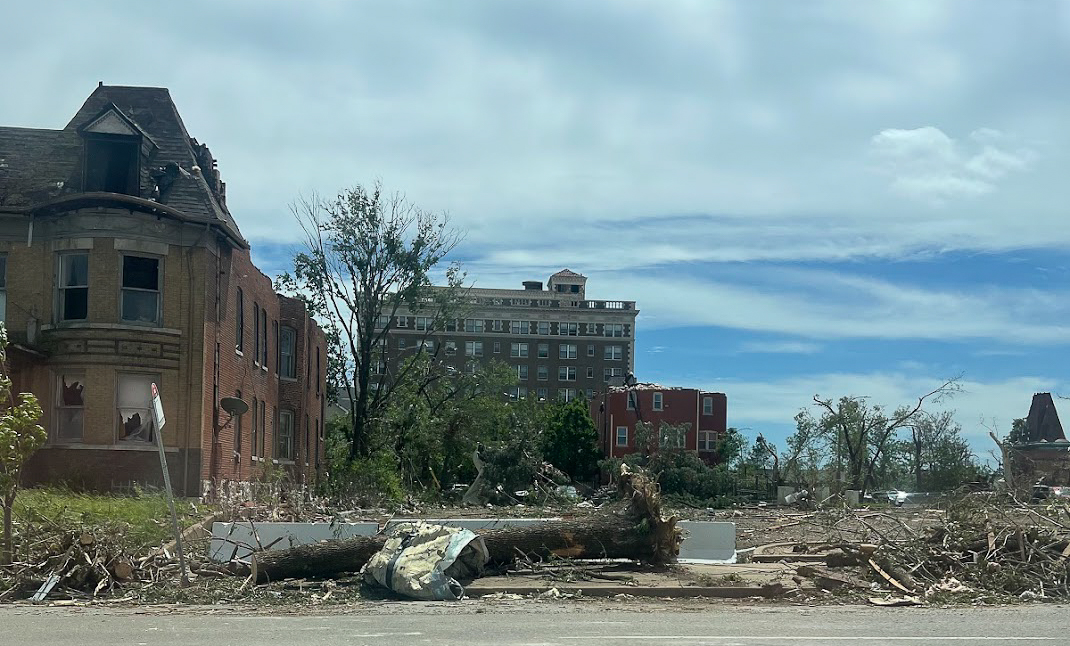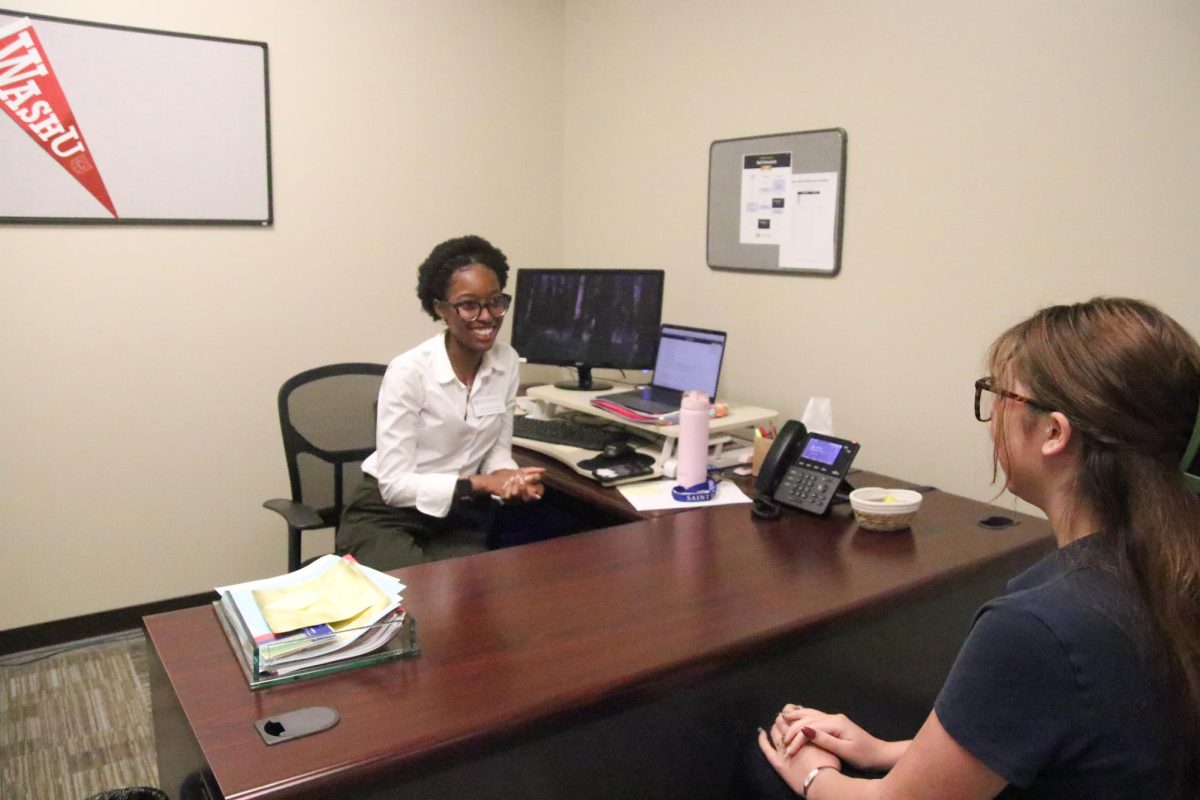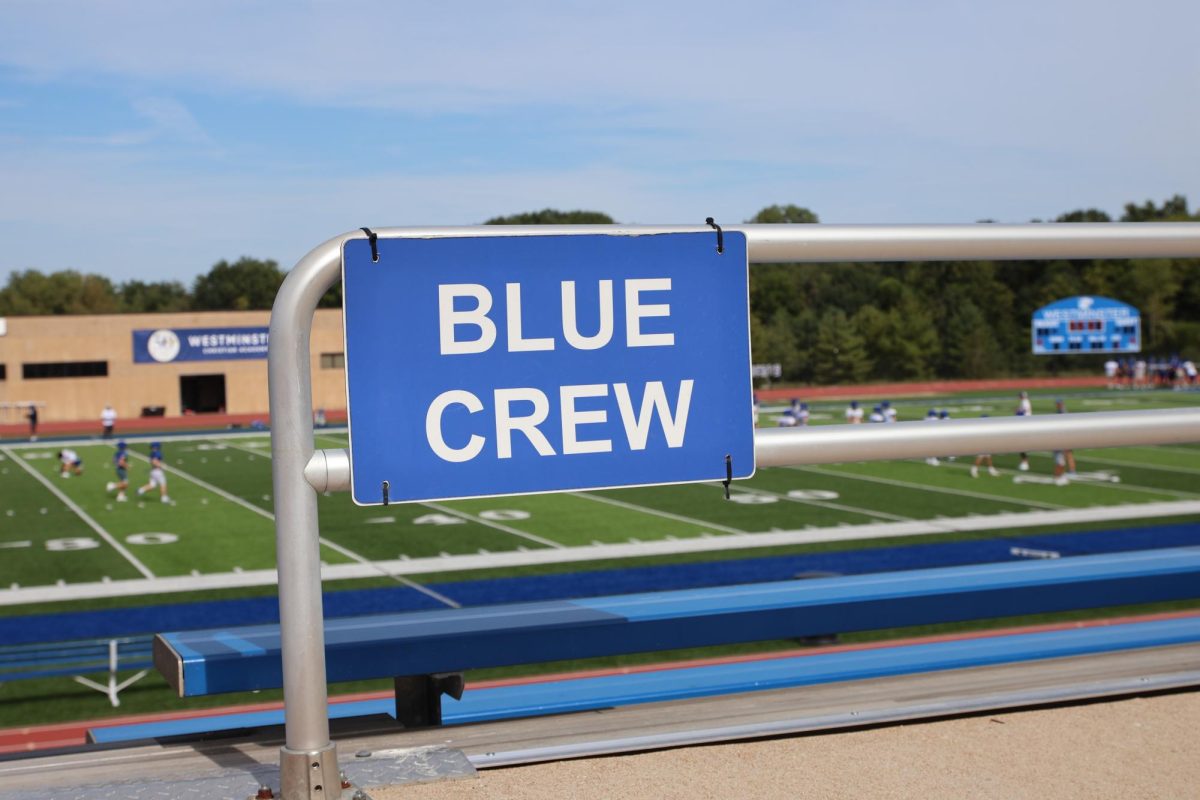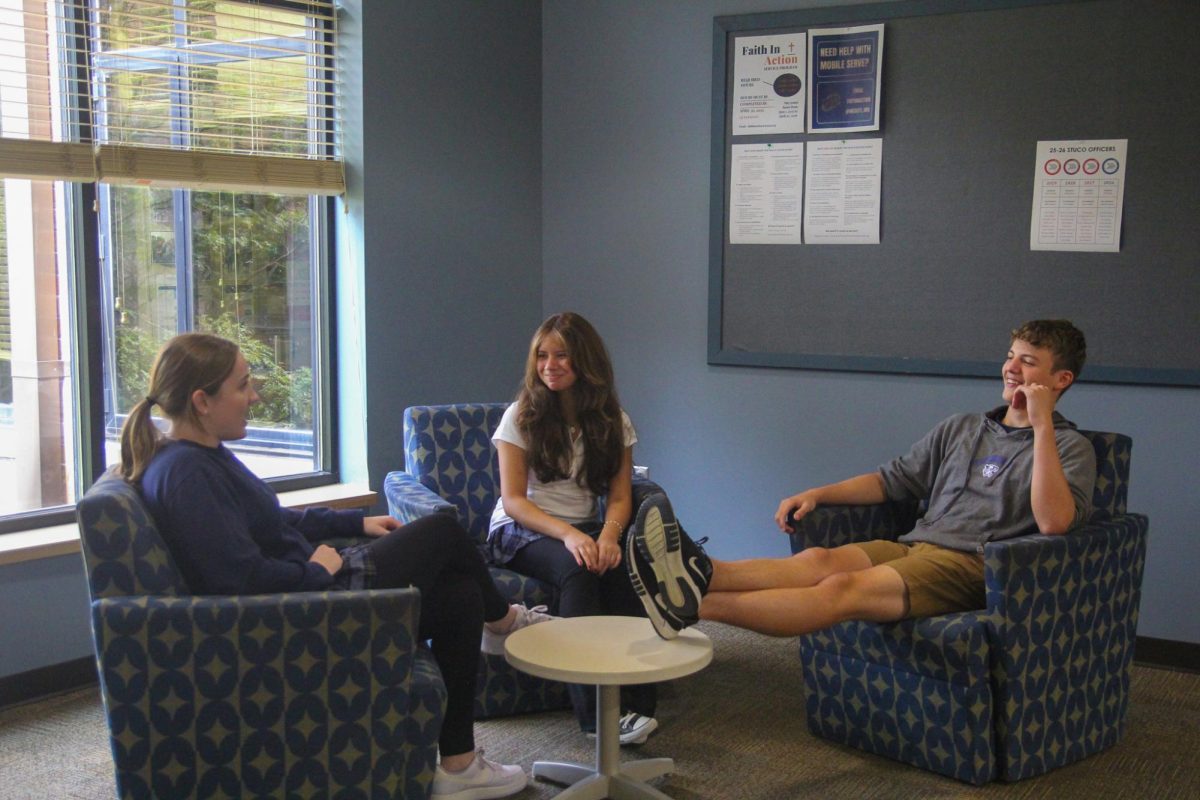For decades, malls were more than shopping centers—they were social hubs, teen playgrounds, and the setting of countless Friday nights. Today, their storefronts are slowly shutting down one by one.
The decline of malls is reshaping the attraction to malls that was once central to American adolescence. The factors behind the collapse range from the rise of e-commerce to a generation that prefers scrolling to strolling. The finalization of Chesterfield mall’s demolition stands as a local reminder of a national and generational shift.
When malls first rose in popularity across America in the 80s and 90s, they quickly became more than shopping destinations. They were designed as climate-controlled town squares complete with movie theatres, arcades, and food courts that pulled together entire communities. For teenagers, the mall offered freedom and independence. It was a place to meet with friends, wander without parents, and spend burning pocket money. At their peak, malls symbolized culture and a uniquely American version of leisure.
For many adults, memories of the mall are tied to milestones of growing up. Mr. Butz, a Westminster teacher, recalls how central malls were to his own adolescence:“I’m very much a child of the 80s. I was born in 1976 which was sort of a heyday of malls, and that was the spot where we socialized. It was a big rite of passage when I was 12, 13 years old, to be allowed to go to the mall with a group of friends.”
These early trips were not just about shopping, they were about fellowship and freedom. For many in his generation, the mall was the first place they could test boundaries, make places without parents, and feel a wider social world. The food court, movie theatre, even just walking the complex became the backdrops of adolescence for an entire generation. That sense of independence made malls a powerful symbol of youth culture in the late 20th century.
The mall has never been just a backdrop, it was an experience. Mr. Butz reminisces the small memories that made every trip feel electric. “We would roam around and wear our coolest clothes and play video games and get into a little bit of trouble. It was just a great place. It was an exciting, social place to go,” said Butz.
For many, those weekend trips created a rhythm of friendship and fun that’s difficult to replicate in today’s digital spaces. That world of buzzing arcades and crowded food courts feels distant to today’s teenagers. With the rise of online shopping, fewer people see malls as essential gathering places, and many storefronts now sit empty. Social media and digital spaces have become not just new stores, but new ways to socialize, pulling younger generations away from the skylit hallways that once defined the culture of American youth. This shift sets the stage for a very different kind of teenage experience.
For a modern day student, the mall is no longer the heartbeat of social life. Westminster Junior, Abbey Giles admits she rarely visits, saying “I do not frequent the mall. I go a few times a year. If I do go to the mall, it is usually the Chesterfield outlet mall, but I have been to west county mall a couple times.” Instead, her habits reflect a larger shift toward online shopping. “I use online shopping very often because it is easier to find my sizes online than in stores. Plus if an item is too expensive I can easily search for a cheaper version somewhere else,” she explained.
This fading presence of malls marks more than just a change in shopping habits, it reflects a cultural shift. Where older generations once spent hours roaming stores and food courts, today’s teens find their community in digital spaces. The ease of online shopping, combined with the allure of social media trends has accelerated the demolition of these places once teeming with sociable packs of teenagers. Chesterfield Mall’s demolition is only one example of how quickly the culture of American adolescence is being rewritten.



